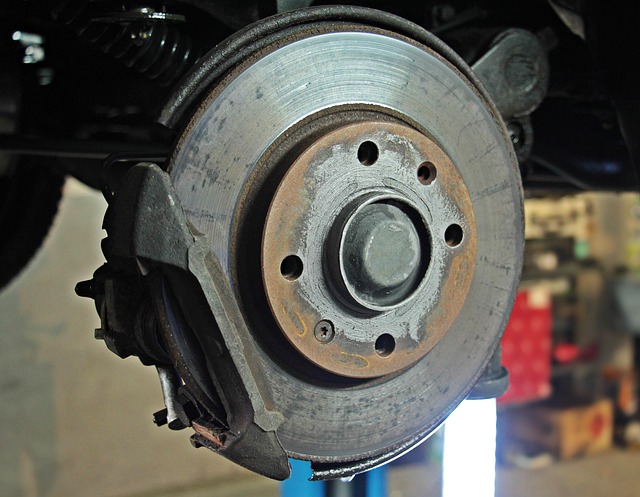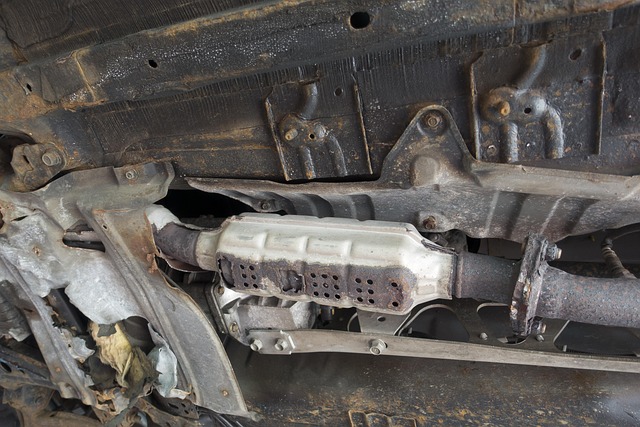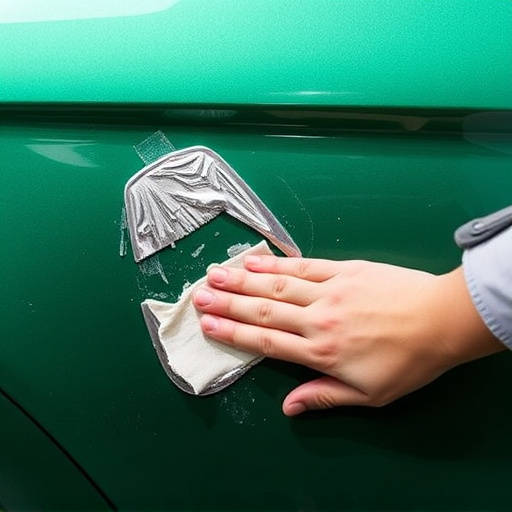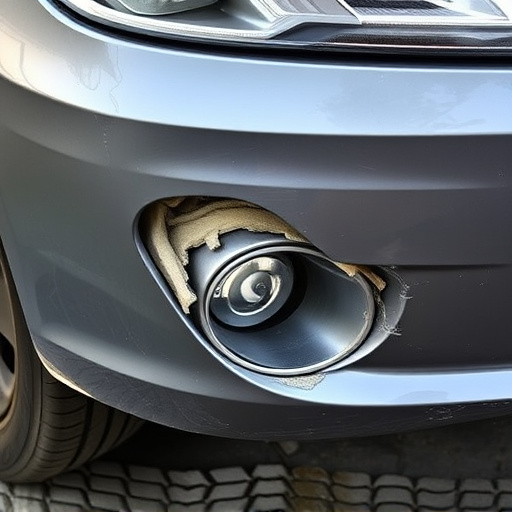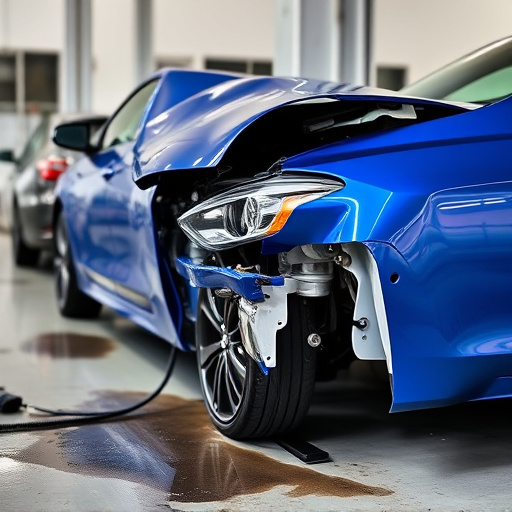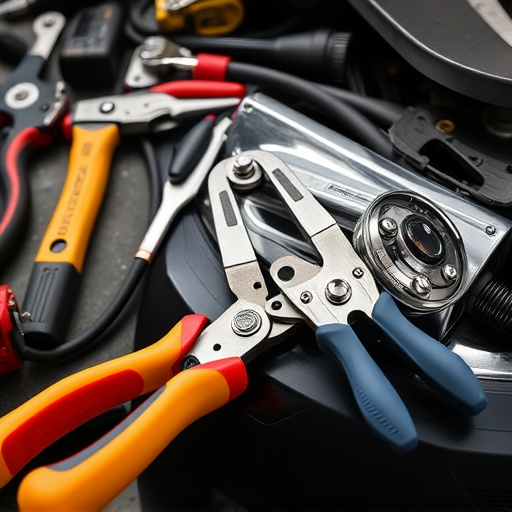Repair Expectations Management (REM) is vital for auto repair services, especially luxury vehicles, setting clear expectations through active listening and transparent communication. Today's digital age embraces technology like CRM software, real-time updates, video conferencing, and visual content sharing to keep clients informed, reduce misunderstandings, and enhance satisfaction during collision repairs.
In today’s competitive service industry, effective repair expectations management is crucial. This article delves into the intricacies of managing client expectations during repair processes, focusing on enhancing transparency through advanced communication technologies. We explore strategies to mitigate misconceptions and disappointments, ensuring satisfied customers. By understanding repair expectations management, businesses can revolutionize their approach, fostering trust and loyalty among their clientele.
- Understanding Repair Expectations Management
- Communication Technologies for Enhanced Transparency
- Strategies to Mitigate Misconceptions and Disappointments
Understanding Repair Expectations Management

Repair Expectations Management (REM) is a critical aspect of any auto repair service, ensuring that both customers and technicians are aligned from the outset. It involves setting clear, realistic expectations about the scope of work, timeframes, costs, and potential outcomes. In the context of luxury vehicle repair, where every detail matters, REM becomes even more vital. Technicians need to communicate complex repairs in a manner that’s understandable for clients, who often have high standards and significant investments in their vehicles.
Effective REM involves active listening and clear communication. It requires technicians to ask questions, clarify assumptions, and provide transparent updates throughout the repair process. For instance, when addressing a dent removal, the technician should outline the techniques used, potential residual marks, and the overall restoration goal. By managing expectations, auto repair businesses can foster trust, reduce customer anxiety, and enhance satisfaction with services, be it for routine maintenance or more specialized luxury vehicle repairs.
Communication Technologies for Enhanced Transparency

In today’s digital era, communication technologies have revolutionized the way auto collision centers and car repair services manage customer interactions, particularly in repair expectations management. Tools like customer relationship management (CRM) software enable seamless information sharing, keeping clients informed every step of the way. This transparency builds trust and ensures that customers understand the scope of work, timelines, and costs involved in their automotive restoration process.
Real-time updates through dedicated apps or text notifications allow clients to track the progress of their car repair services, fostering a sense of involvement. Moreover, video conferencing and virtual tours facilitate direct communication between technicians and customers, addressing concerns promptly. These technologies collectively contribute to enhanced customer satisfaction, ensuring that every interaction is as transparent as an auto collision center’s meticulous repair work.
Strategies to Mitigate Misconceptions and Disappointments

In the realm of repair expectations management, one of the key challenges lies in mitigating misconceptions and disappointments that can arise during the collision repair process. To achieve this, communication technologies play a pivotal role in bridging the gap between customers and auto body repair centers. Transparent and consistent updates through text messages, emails, or dedicated apps allow clients to stay informed about their vehicle’s status, reducing uncertainty and setting realistic expectations.
Additionally, utilizing visual tools such as photos and videos during each repair stage can effectively communicate complex procedures and progress, fostering trust. For instance, a fender bender repair might involve intricate car body repair; sharing before-and-after visuals ensures the customer understands the level of craftsmanship and attention to detail, thereby preventing post-repair disappointments. This proactive approach fosters satisfaction and strengthens the relationship between clients and collision repair centers.
Repair Expectations Management is a vital strategy that, when coupled with effective communication technologies, can significantly enhance customer satisfaction. By transparently conveying repair processes and timelines, businesses can mitigate misconceptions and disappointments. Integrating advanced communication tools allows for real-time updates, fostering trust and empowering customers to make informed decisions. This dual approach of clear expectations and open dialogue is a game-changer in the industry, ensuring a positive and efficient customer experience.

